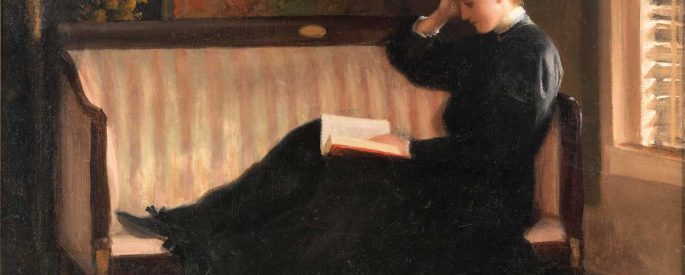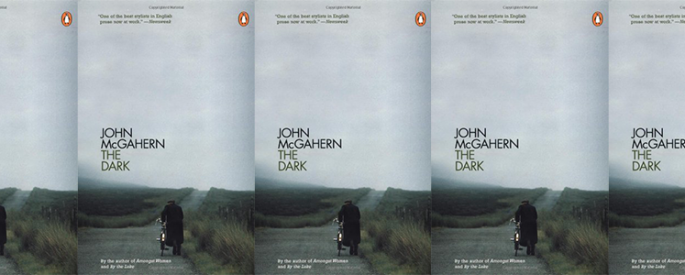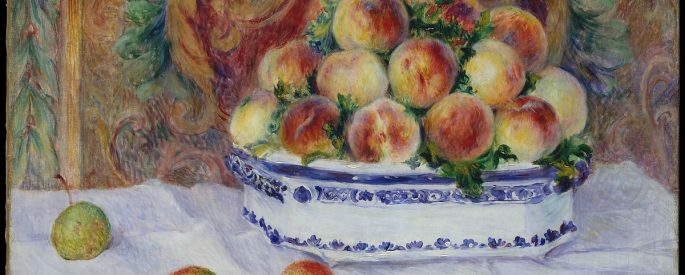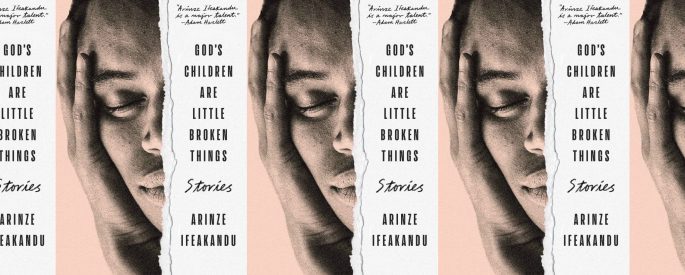Author Archive
Dybek, Shalamov, and Condensed Milk

The transformation of milk into preserved milk is a magic trick of sorts, a way to extend the life of a perishable product. Although in very different ways, Varlam Shalamov’s “Condensed Milk” and Stuart Dybek’s “Pet Milk” are interested in considering man’s ability to do the same.
The Joy of Reading Slowly

I have become a far better reader over the last year and a half because of learning how to read more slowly. Perhaps most importantly, though, I once again love to read.
The Tradition of Storytelling in Something Unbelievable

Over the course of Maria Kuznetsova’s second novel, out next week, we switch back and forth between the perspectives of a woman and her grandmother. In the process, we begin to understand how tightly the two women are connected, even as the lives they live are vastly different, and
Traversing Memory in The Heather Blazing

Through a juxtaposition of present-day and memory, Colm Tóibín’s second novel allows the reader to understand who the protagonist is and the pressure of his past on the present.
Violets’s Mothers

At the start of Alex Hyde’s debut novel, we cannot imagine how its characters’ stories are connected, but by the end we understand that what they share is far more important than what keeps them apart.
Lucy by the Sea’s Pandemic Year

It seems—for Lucy, and perhaps for Elizabeth Strout herself, and perhaps for us all—that community is the thing that will help us get through to the end.
Perspective in The Dark

In John McGahern’s 1965 novel, the point-of-view changes from first-person to second person to third person to no point of view at all. As the point of view shifts, the narrator seems to be seeing himself through different lenses, just as he is redefining himself through his choices.
Reading Deesha Philyaw’s “Peach Cobbler”

In “Peach Cobbler,” Deesha Philyaw manages a long stretch of time by tracking her protagonist’s relationship to an object. Writing sensually about peach cobbler, Philyaw draws the reader into the story: we are there, smelling the peaches and sugar and cinnamon, as Olivia develops from a girl into a
The Physical and the Emotional in God’s Children Are Little Broken Things

The way that Arinze Ifeakandu chooses to depict a character’s world, seen through their eyes, also reflects their emotional landscape. It is a subtle and beautiful way to portray his characters, to allow us to truly understand how they feel.
Julie Otsuka’s Layered Points of View

Julie Otsuka’s new novel is divided into five chapters, three written in the first-person plural perspective and two in the second-person; the novel examines dementia, familial relationships, and the friction between the collective and the individual, using the shifts in point-of-view to marry form to content.